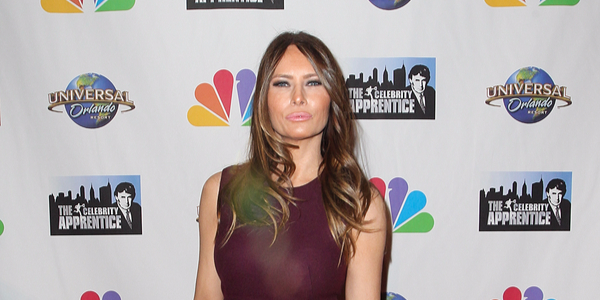The H1B visa program was designed to allow skilled foreign nationals to enter the US if they have a US company offer a position and sponsor the visa petition. This carries educational requirements and a demonstration that the job fits their degree areas. Most of those positions are for IT ‘specialty occupations”, but there is another way to obtain an H1B visa that is much less stringent: fashion modeling.
The Republican Nominee and The H1B Visa Fashion Model: A New Controversy?
The US presidential campaign is calling attention to the H1B visa program, as the Republican candidate Donald Trump has voiced opposition to the work visa program, and wants to reform the way that non-immigrants are permitted to work in the country.
In an ironic twist, it has come to light that Mr. Trump’s wife, Melania Trump may have been a beneficiary in 1995 of the H1B visa’s special provision for fashion models. Unlike other occupations, fashion models can obtain H1B visas without meeting any educational requirements. The ‘fashion model’ category was added to the program in 1991, and does not even require a bachelor’s degree. Interestingly, Donald Trump’s modeling agency is also listed as a regular sponsor of H1B visas for models, so his opposition to the program seems to be targeted to IT workers.
The Fashion Model H1B is Easier to Obtain Than the Visa for Specialty Occupations
The USCIS website includes fashion models alongside specialty occupations and research workers in the headline, so it clearly is part of the H1B visa program, but has special designation of H1B3. The eligibility requirement is that “you must be a fashion model of distinguished merit and ability”. There are no other requirements, not even a high school diploma.
Granted, there are far fewer H1B petitions for models than for IT workers, but of those at least 50% are usually granted a visa, a rate far higher than for the highly coveted technical and skilled occupations. Since fashion models are supposed to be subject to the annual cap of 65,000 it brings up the question of how such a high percentage are approved, since they are presumably put into the lottery along with the other 250,000 petitions each year. It suggests that fashion model petitions are considered separately for selection, and perhaps not subject to the lottery in the same way as other occupations.
More Than One Visa Type Available for Models
Ms. Trump may have been confused about the type of visa she had, since she stated she would return to her home country of Slovenia every three months to have her ‘visa stamped’. H1B visas are valid for three years and don’t require stamping or an exit from the US. There are other visa programs that can be used for models for shorter duration visits to work on photo shoots and other projects, so it is possible she was on a ‘B’ visa for short term business visits.
Perhaps as the competition for specialty occupation H1B visas becomes more intense, some applicants will try for the fashion modeling category given there is a 50% chance of obtaining approval. Evidently, the applicant does have to show they have attained some level of modeling success, but who knows what criteria the USCIS is using to approve petitions in the fashion model category. This is part of the ‘black box’ of the USCIS process currently being challenged in several lawsuits, to give more transparency for the entire H1B visa program. If you have questions about the H1B visa program and categories of eligible occupations, please contact us.
- November 8th, 2016
- 1

I want to apply for H1B visa.